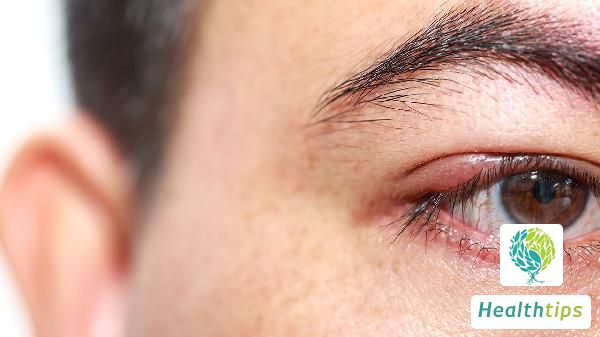What is the Normal Blood Pressure Range for Young Women?
Under normal conditions, the blood pressure of young adults should range from 90 to 140 mmHg for systolic pressure and 60 to 90 mmHg for diastolic pressure. If the systolic pressure exceeds this range, it is considered hypertension. These two values represent the normal blood pressure for young adults. Any deviation from this range, either higher or lower, may indicate hypertension or hypotension, which can lead to symptoms such as dizziness, headache, fainting, and vomiting. Therefore, it is crucial to maintain a regular diet, proper sleep schedule, and regular physical exercise to maintain normal blood pressure and maintain good health.

(1) Lack of Exercise: Modern individuals often lead busy lives and prefer to stay indoors or go shopping during their free time, resulting in minimal physical activity. Prolonged sitting can reduce vascular activity and reactivity, leading to hypotension.
(2) Nutritional Imbalance: Many young women strive to achieve a slim figure and often resort to improper weight loss methods such as excessive dieting or fasting. This can lead to unbalanced nutrition absorption and cause hypotension.
(1) Low blood pressure can lead to slow blood circulation and ischemia of distal capillaries, affecting the supply of nutrients and oxygen to tissue cells and impeding the elimination of carbon dioxide and metabolic waste.
(2) Decreased blood pressure can affect the blood supply to the heart and brain, leading to decreased bodily functions and affecting normal life and work.
(3) Hypotension can also cause decreased vision and hearing, increasing the risk of dizziness, fainting, falls, and fractures. Expert studies have also found that hypotension may increase the risk of heart attacks and strokes.



















